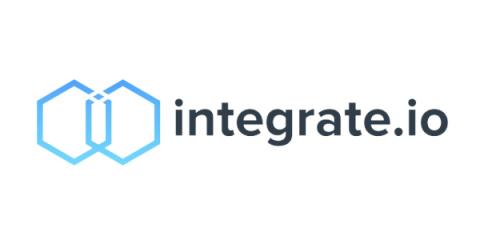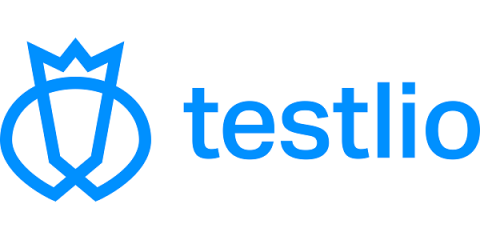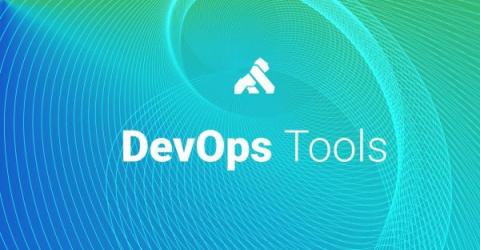Systems | Development | Analytics | API | Testing
Latest Posts
A Better Approach to Controlling Modern Data Cloud Costs
As anyone running modern data applications in the cloud knows, costs can mushroom out of control very quickly and easily. Getting these costs under control is really all about not spending more than you have to. Unfortunately, the common approach to managing these expenses—which looks at things only at an aggregated infrastructure level—helps control only about 5% of your cloud spend.
HR Continues to Take Center Stage With HR Data and Analytics in Forward-thinking Companies
The 2021 holiday season is over, and, with a bump we’ve landed in 2022, with something of a repetitive tune playing. The COVID pandemic continues; we are a full two years post the first cases being reported; and the statistics are no less shocking today than they were at the outset.
Readme: Beautiful solution for dev's documentation
Technology has completely changed the way business houses function today. Most of them have gradually started shifting from the traditional ways of creating their own services to the newer and smoother approach of deploying APIs. APIs have the potential to increase a firm’s revenue while extending their consumer reach. As such, having a tool that helps build quality API documentation is essential.
Rollbar vs Sentry vs Bugsnag. What are the differences?
We all want our applications to run as smoothly as possible, but this isn't always the case. We need to know whether and when problems or exceptions are thrown after the application is up and running. As a result, there are several error tracking technologies available on the market.
Testlio Kicks Off 2022 with 14 G2 Awards
17 Things You Can Learn From Analyzing Your Most Popular Pages in Google Analytics
Vue.js and Node.js tutorial: a realtime collaboration app hosted in Azure Static Web Apps
This post describes how I built a realtime collaboration app that scrum teams can use for planning poker. Planning poker, also known as Scrum poker, is a gamified technique for estimating the size of user stories. This helps in deciding how many stories can be put into a sprint. Usually story points in the Fibonacci scale is used as a metric, but T-shirt sizing, like small, medium, and large, is also used.
Our Favorite DevOps Tools for 2022
“DevOps” merges Development and Operations team functions through practices and tooling, all the while making continuous improvements to applications. Teams that adopt DevOps tools, culture and practices perform better and build faster. Let’s walk through each stage of DevOps and the popular DevOps tools you may want to consider in 2022.
How to Handle the Exception In Initializer Runtime Error in Java
Unlike compile-time errors which are detected during compilation .











